 $38 million gifts don’t happen every day in the cultural world, especially in the last two years, so I was tickled when I learned late yesterday about one such pledge via an email, which cited an article in Saturday’s Washington Post.
$38 million gifts don’t happen every day in the cultural world, especially in the last two years, so I was tickled when I learned late yesterday about one such pledge via an email, which cited an article in Saturday’s Washington Post.
A click on the link went to the news that the money is going to Mount Vernon, George Washington’s homestead on the banks of the Potomac. The donation comes from the Donald W. Reynolds Foundation, the same Las Vegas-based philanthropic outfit that purchased Gilbert Stuart’s “Landowne” portrait (1796) of the first president in 2001 and gave it to the 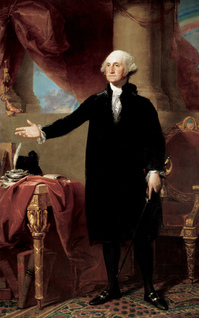 Smithsonian, where it’s on view at the National Portrait Gallery. The total tab, including construction of a special space and a three-year tour of the painting, was $30 million.
Smithsonian, where it’s on view at the National Portrait Gallery. The total tab, including construction of a special space and a three-year tour of the painting, was $30 million.
That gift led to a second grant, of $24 million, which paid for construction of an education center; it opened in 2006.
This time the money will pay for construction of a research library (above) on the site, “bring[ing] together materials from the president’s estate and other archives. It is expected to attract scholars for primary research, which would filter into new scholarships, making its way to schools and elsewhere.”
The Post story starts out by saying that students nowadays are not learning about Washington very much — which is something Mount Vernon has been saying, and testing, for years — and notes that the site administration has set out to change that. This gift allows Mount Vernon to go public on its $80 million capital campaign. It says:
The library and adjacent guesthouse, which is expected to open in 2012, will cover 45,000 square feet and be within walking distance of the mansion. The library, officials said, will initially house about 45 books from Washington’s library, 450 letters and manuscripts written by Washington and a collection of 1,500 18th-century books and documents. In the future, the library will be the home for Washington’s correspondence, a 90-book project that scholars at the University of Virginia have been editing for 40 years.
Washington has found himself a beneficent patron, lucky for him — and the nation. Too bad the Reynolds Foundation doesn’t fund the arts and humanities, as a matter of course. This is a special project.
Photo Credit: Courtesy Mount Vernon (top); National Portrait Gallery (bottom).

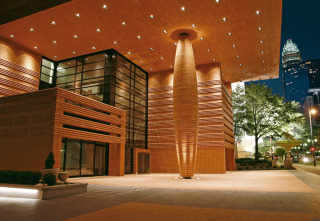 This year has brought the art-world version of “If a tree falls in a forest…” On January 2, a modern art museum, designed by Mario Botta, architect of SF MoMA, opened in Charlotte, NC, and I’ve seen little mention of it outside the local press in the U.S.
This year has brought the art-world version of “If a tree falls in a forest…” On January 2, a modern art museum, designed by Mario Botta, architect of SF MoMA, opened in Charlotte, NC, and I’ve seen little mention of it outside the local press in the U.S.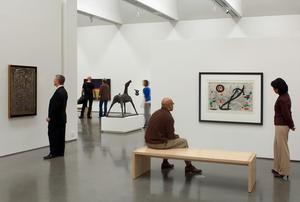 The Bechtlers seem to have befriended many artists, as they collected, according to the Charlotte Observer; it has created a fascinating
The Bechtlers seem to have befriended many artists, as they collected, according to the Charlotte Observer; it has created a fascinating 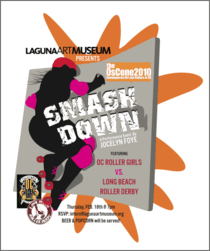 Is this art? It depends on how you fill in the Xs and Ys, doesn’t it? If X = ESPN, say, and Y = a television spectacle, it wouldn’t be.
Is this art? It depends on how you fill in the Xs and Ys, doesn’t it? If X = ESPN, say, and Y = a television spectacle, it wouldn’t be. 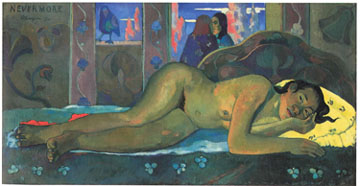
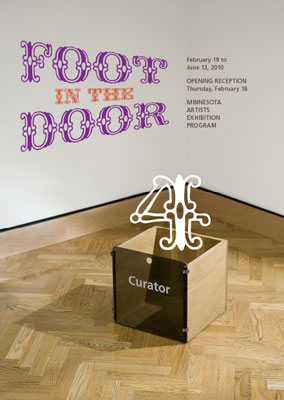 Minnesota is a good place to be an artist for many reasons, and here’s one that takes place every 10 years (since 1980): Starting tomorrow, Feb. 19, the
Minnesota is a good place to be an artist for many reasons, and here’s one that takes place every 10 years (since 1980): Starting tomorrow, Feb. 19, the